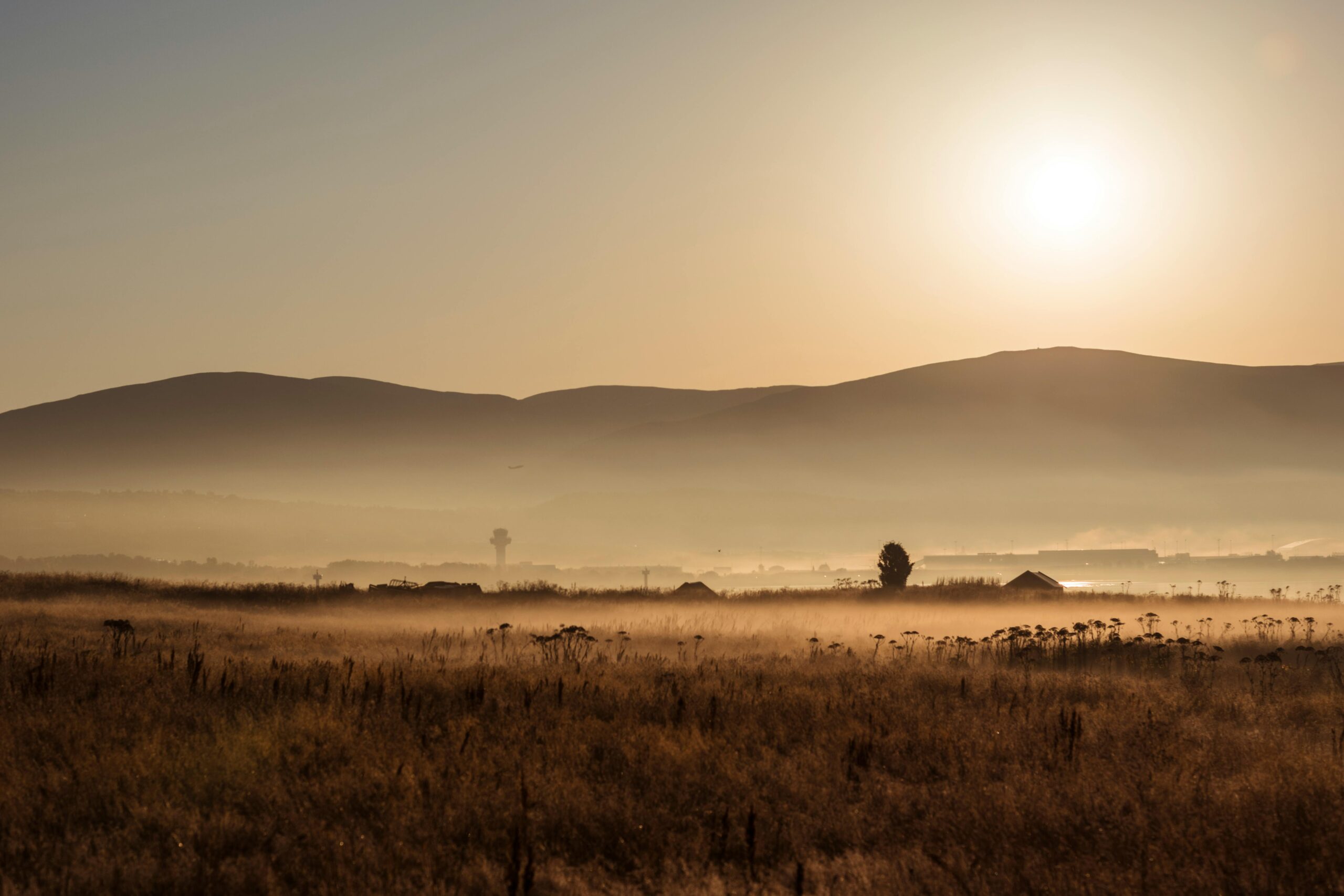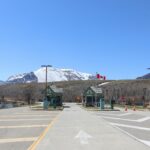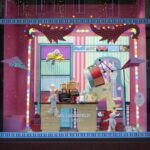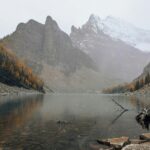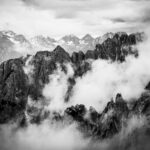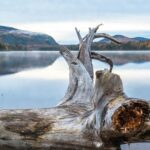Table of Contents
For many newcomers and long-term residents alike, witnessing the Aurora Borealis is a quintessential Canadian dream. While Vancouver is renowned for its stunning natural beauty, from majestic mountains to the sprawling Pacific, catching a glimpse of the Northern Lights requires a unique combination of patience, planning, and cosmic cooperation. The city’s northern latitude offers a chance, but its vibrant urban glow presents a significant challenge. This comprehensive guide provides invaluable insights into the best locations and strategies for increasing the odds of experiencing this breathtaking celestial display, turning a hopeful night of stargazing into a potentially unforgettable memory for anyone living in or visiting this beautiful part of Canada.
Deciphering the Aurora Challenge in Vancouver
Successfully viewing the Northern Lights in Vancouver isn’t as simple as looking up at the night sky. The phenomenon is governed by powerful solar events, and its visibility is heavily influenced by local conditions. The first critical factor is solar activity, measured by the Kp-index, a global geomagnetic activity index that runs on a scale from 0 to 9. For the aurora to be visible as far south as Vancouver, a significant solar storm is necessary, typically requiring a Kp-index of 5 or higher. These events are not a nightly occurrence, making it essential to monitor space weather forecasts. Authoritative sources like Space Weather Canada and the U.S.-based NOAA Space Weather Prediction Center provide reliable, up-to-date aurora forecasts that are indispensable for any serious aurora hunter. The second, and perhaps more persistent, challenge is light pollution. As a major metropolitan area, Metro Vancouver emits a tremendous amount of artificial light that washes out the faint, ethereal glow of the aurora. To have a real chance, one must escape the city’s luminous dome and find a location with a clear, unobstructed view to the north, far from streetlights and building illumination. This often means driving a considerable distance from the city core, a commitment that pays dividends when the sky finally begins to dance with colour.
Premier Locations for Spotting the Northern Lights Near Vancouver
Finding the perfect spot involves balancing accessibility with darkness. While the most pristine skies are found further afield, several locations near Vancouver offer a reasonable chance of seeing the Northern Lights during a strong geomagnetic storm. These spots are popular among local photographers and stargazers for their favourable sightlines and relatively lower levels of light pollution.
Porteau Cove Provincial Park: The Top Contender
Universally recommended as the premier location for aurora viewing near Vancouver, Porteau Cove Provincial Park is a spectacular destination along the Sea-to-Sky Highway. Situated about 45 minutes from downtown, its greatest advantage is its position away from the city’s core, resulting in significantly darker skies. The park offers an expansive, unobstructed view looking north over the waters of Howe Sound, which is the exact direction from which the aurora appears. The reflection of the celestial lights on the water can create a truly magical and photogenic scene. The viewing platform and beach areas provide ample space for setting up tripods and getting comfortable for a long night of waiting. However, its popularity is also its one minor drawback; during a high-alert aurora forecast, the park can become quite crowded. It is advisable to arrive early to secure a good spot, especially on a clear weekend night when a solar storm is predicted.
Cleveland Dam: A Convenient North Shore Vantage Point
For those seeking an option closer to the city, Cleveland Dam in North Vancouver presents a viable alternative. This location offers an impressive northward view across Capilano Lake towards the mountains. The elevation and positioning help to block out some of the direct light from Vancouver, providing a darker-than-expected sky for its proximity to urban centres. It is a highly accessible spot, requiring only a short drive and a brief walk from the parking area. While it is more affected by light pollution than Porteau Cove, it remains one of the best easily accessible locations for residents of the North Shore and Vancouver. On nights with a particularly strong solar storm (Kp 6 or higher), the aurora can often be seen and photographed from here. It is an excellent choice for a last-minute viewing opportunity when venturing further out of the city is not feasible.
Burnaby Mountain: An Elevated Urban Alternative
Home to Simon Fraser University, Burnaby Mountain Conservation Area provides a panoramic vista that can be advantageous for aurora sightings. Its elevation lifts viewers above some of the immediate city haze, offering a broad northern horizon. The park areas, particularly near the Horizons Restaurant, provide open spaces to set up and watch the sky. The primary challenge here is significant light pollution from the surrounding municipalities of Burnaby, Coquitlam, and Vancouver itself. The ambient glow can make it difficult to see fainter auroras, which may only appear as a greyish, cloud-like arc to the naked eye, even while a camera’s long-exposure shot might pick up some green hues. Despite this, during a very intense geomagnetic event, the lights can be powerful enough to cut through the urban glow, making Burnaby Mountain a worthwhile and convenient spot for many residents in the Metro Vancouver area.
Stanley Park: A Glimmer of Hope Within the City
While it may seem counterintuitive to hunt for the Northern Lights within city limits, certain spots in Stanley Park can offer a surprising chance. Locations like Third Beach or the lookout at Prospect Point face north and west over the water, which helps to minimize the immediate light pollution from downtown. The vast darkness of the Pacific Ocean provides a better backdrop than looking over an illuminated cityscape. Viewing from Stanley Park is certainly a challenge and should only be considered during forecasts for exceptionally strong solar storms. The convenience is undeniable, but expectations should be managed. A faint glow on the northern horizon is a more likely outcome than a vibrant, overhead corona. For those without transportation to leave the city, it represents the most feasible option and a testament to the power of nature to occasionally pierce through even the most urbanized environments.
Essential Strategies for a Successful and Memorable Aurora Hunt
Spotting the Northern Lights in Vancouver is an art that blends scientific forecasting with practical preparation. Simply driving to a dark location is not enough; a strategic approach will dramatically increase your chances of success and ensure a comfortable and enjoyable experience. The aurora can be a fleeting and unpredictable phenomenon, so being well-prepared is paramount. From monitoring the right data to packing the essential gear, every step plays a crucial role. Following a checklist of best practices can mean the difference between a frustrating, cold night and a truly awe-inspiring encounter with one of nature’s greatest spectacles. Pay close attention to these key takings, as they form the foundation of any successful aurora-chasing adventure in the Lower Mainland.
- Monitor the Forecasts Relentlessly: Success begins at home. Before you even consider heading out, you must check the aurora forecast. Use reliable sources like Space Weather Canada for Canadian-specific alerts and the NOAA Space Weather Prediction Center for detailed data, including the crucial Kp-index. Aim for nights when the forecast predicts a Kp of 5 or higher for the Vancouver region.
- Check the Cloud Cover: A Kp 9 storm is useless if the sky is obscured by clouds. Use a weather app or website with a detailed cloud cover forecast. The ideal night is one that is both geomagnetically active and crystal clear.
- Escape Light Pollution: The further you are from city lights, the better. Use a light pollution map online to identify dark sky locations. While our list provides great starting points, exploring even further north along the Sea-to-Sky Highway can yield even darker skies and better results.
- Dress in Warm Layers: Even on a mild day, a clear night in Canada can get surprisingly cold, especially near the water. You may be standing or sitting outside for hours. Dress in multiple warm layers, including a hat, gloves, and insulated footwear. A thermos with a hot beverage is also a highly recommended companion.
- Be Patient and Let Your Eyes Adjust: The aurora can ebb and flow. It might start as a faint, barely-there glow and build into a vibrant display over time. It takes about 20-30 minutes for your eyes to fully adapt to the darkness, allowing you to see fainter light. Avoid looking at your bright phone screen, which will reset your night vision. Use a red light headlamp if you need illumination.
- Master Your Camera Settings: To photograph the Northern Lights, you will need a camera with manual controls, a sturdy tripod, and a wide-angle lens. Typical settings are a long exposure (10-25 seconds), a wide aperture (e.g., f/2.8), and a high ISO (1600-3200), but you will need to experiment based on the aurora’s brightness.
Frequently Asked Questions
What is the Kp-index and why is it important for seeing the Northern Lights in Vancouver?
The Kp-index is a scale from 0 to 9 that measures global geomagnetic activity, which is driven by solar wind. For the Aurora Borealis to be visible as far south as Vancouver, this index generally needs to be at a level of 5 or higher, indicating a significant solar storm is occurring. Monitoring this index is the first step in determining if a viewing attempt is worthwhile.
What is the biggest obstacle to viewing the Aurora Borealis in Metro Vancouver?
The most significant obstacle is light pollution. The vast amount of artificial light from the city, suburbs, and industrial areas creates a bright atmospheric glow that can easily wash out the relatively faint light of the aurora. Escaping this urban glow by travelling to darker, more remote locations is essential for a successful sighting.
How should one prepare for a night of aurora hunting near Vancouver?
Preparation involves several key steps. First, check aurora and weather forecasts for high Kp values and clear skies. Second, dress in very warm layers as you will be stationary in the cold for long periods. Finally, bring a camera with a tripod if you wish to photograph the event, and be patient, as it can take hours for a display to begin.
What are the best free resources for tracking the aurora forecast?
The most reliable and authoritative free resources are government agencies that monitor space weather. Two of the best are Space Weather Canada, which provides forecasts tailored for different regions of the country, and the U.S.-based NOAA Space Weather Prediction Center, which offers detailed global data and predictions.
Is it truly possible to see the Northern Lights from within Vancouver city limits?
Yes, but it is extremely rare and requires an exceptionally strong solar storm (typically Kp 7 or higher). Locations like Stanley Park or Burnaby Mountain offer the best chances within the city due to their elevation or positioning over dark water. However, the view will be significantly compromised by light pollution compared to spots like Porteau Cove.
Talk to us to find out more. ->
The content above is not intended to provide legal advice or opinions of any kind and may not be used for professional or commercial purposes.

